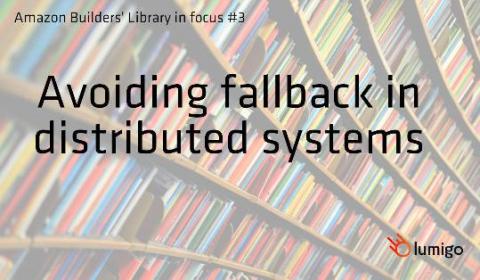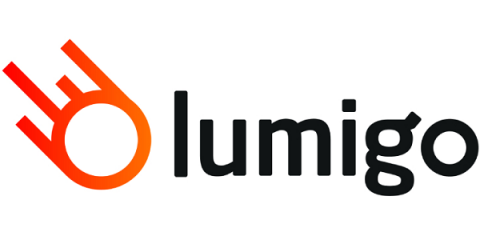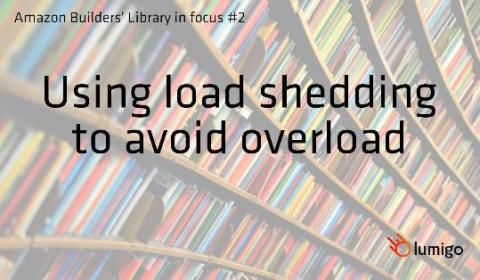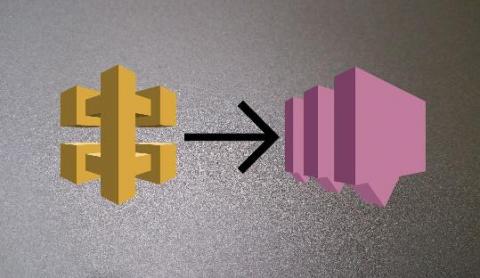Lumigo announces ISO 27001 & 27799 certification
Lumigo is pleased to announce that it has achieved ISO 27001 and ISO 27799 (HIPAA compliance) certification. The certifications require the company to undergo annual auditing to ensure it meets exacting standards for its information security procedures and handling of Protected Health Information.







